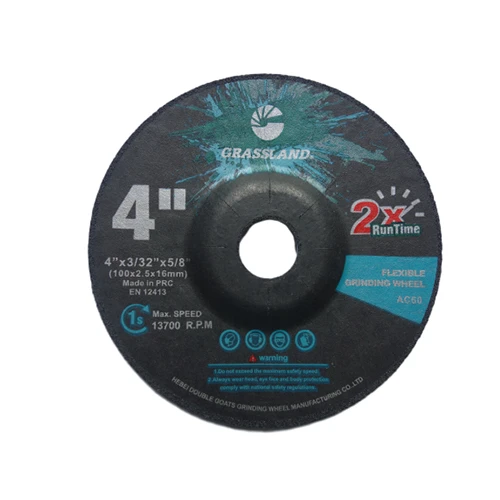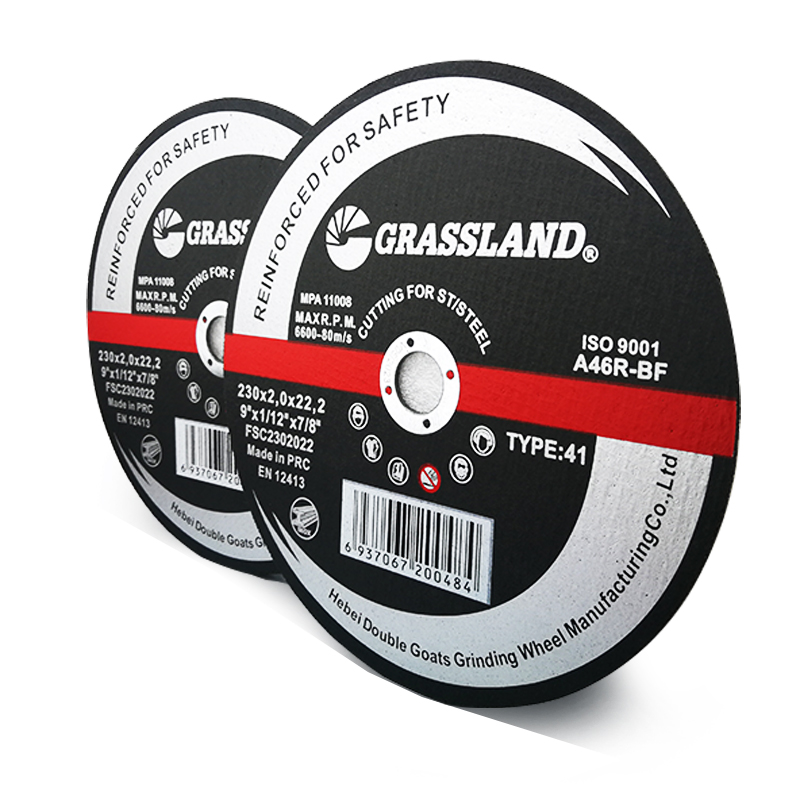Understanding the Different Types of Cutting Discs
Cutting discs are essential tools in both industrial and DIY settings, providing efficiency and precision for various cutting tasks. Whether you are working with metal, stone, or concrete, the right cutting disc can significantly affect the outcome of your project. This article will explore the various types of cutting discs available in the market, their specific applications, and key considerations for selection.
1. Metal Cutting Discs
Metal cutting discs are specifically designed for cutting ferrous and non-ferrous metals like steel, aluminum, and stainless steel. They come in varying thicknesses, typically ranging from 1mm to 3mm. Thinner discs are ideal for clean and fast cuts, while thicker discs provide more durability and resistance to wear.
One popular type is the abrasive cutting disc which is made from a composite material composed of abrasive grains. These discs are generally used in angle grinders and have a high rate of wear. For more demanding tasks, diamond cutting discs are the preferred choice as they offer superior durability and can cut through harder metals without losing their sharpness as quickly as abrasive discs.
2. Stone Cutting Discs
When working with stone, granite, or masonry, using the appropriate cutting disc is crucial. Diamond blades are the most compatible choice for stone cutting, as they contain diamond segments that provide exceptional hardness and longevity. These discs can handle difficult materials with ease, ensuring smooth cuts and fewer chips or fissures in the stone.
There are also specialized segmented diamond blades that enhance cooling and aid cutting performance by allowing debris to escape as you work. Smooth-edged blades, on the other hand, are ideal for achieving a precise finish on softer materials, as they produce finer cuts with reduced chipping.
3
. Concrete Cutting DiscsFor cutting through concrete structures or materials, it’s vital to use discs designed specifically for this purpose. Diamond concrete cutting discs are particularly effective, with their high-grade diamonds enabling swift and clean cuts through reinforced concrete. These discs are often used in construction, renovation, and landscaping projects.
types of cutting disc

It’s also worth noting that there are wet cutting and dry cutting discs. Wet cutting discs are used with water to keep the blade cool and reduce dust, making them suitable for indoor jobs or where airborne particles pose a concern. Dry cutting discs, on the other hand, are more versatile but generate more dust and heat during cutting.
4. Tile Cutting Discs
For those interested in home improvement projects involving tiles, selecting the right cutting disc is fundamental. Porcelain and ceramic tile cutting discs are often diamond blades engineered to handle the hardness of these materials. They allow for precise cuts with minimal chipping and are designed to fit standard tile saws.
It’s advisable to choose a blade with a higher diamond concentration for thicker, harder tiles. For intricate cuts, consider using a continuous rim blade as it provides a smooth finish compared to its segmented counterparts.
5. Specialty Cutting Discs
Beyond the commonly used cutting discs for metal, stone, and concrete, there are also specialty discs designed for various applications. For instance, wood cutting discs are specifically shaped and constructed to cut wood without splintering. Grinding discs serve a different purpose — they are designed for smoothing surfaces, so while not cutting in the traditional sense, they are crucial in the finishing stages of a project.
Selection Considerations
When selecting a cutting disc, there are several factors to consider the material of the disc, thickness, diameter, and the specific application you have in mind. It’s also essential to ensure compatibility with the tool you’ll be using.
In conclusion, understanding the different types of cutting discs and their applications can greatly enhance your efficiency and quality of work in any cutting project. A well-chosen cutting disc not only makes your tasks easier but also improves safety and accuracy. Always remember to follow the manufacturer's guidelines and safety instructions to ensure optimal performance and risk reduction. With the right tools, any cutting job can become a straightforward and effective process.
Post time:Oct - 19 - 2024

















